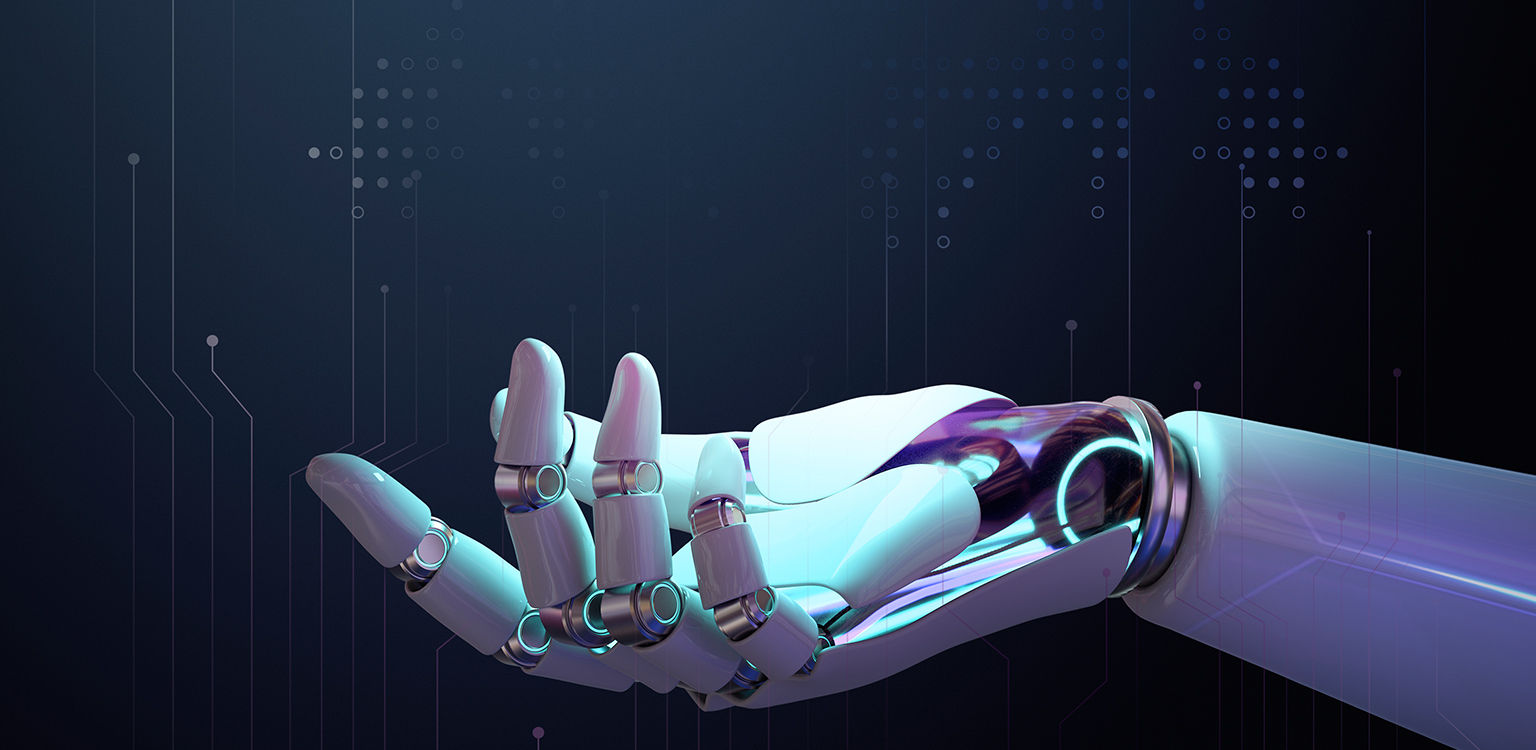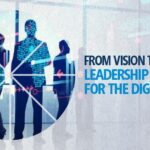Tech-Driven Solutions
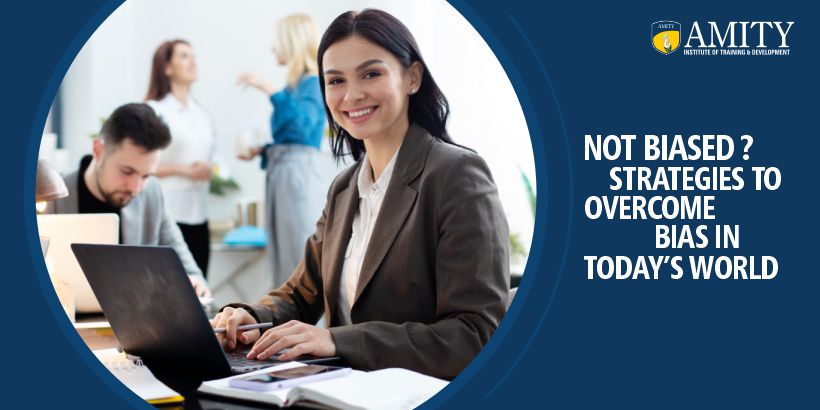
Balancing the perception in the current world will provide a fair and equal situation. An unbiased person is one who approaches things without favoritism and misunderstanding to ensure unbiased judgments and feedback are provided. These matters should always be handled carefully and emphatically with such areas like hiring practices where biased selection leads to missed opportunities for qualified candidates.
Statistics show that diverse teams usually outperform groups compared to homogeneous teams, though bias blurs the judgment made in organisations. Therefore, for instance, research indicates that diverse teams are 35% more likely to perform than their competitors. Thus, eliminating bias requires structured decision-making frameworks and a conscious awareness of unconscious biases.
In an unbiased society same people are promoted, practicing non-gender biased practices. Therefore, unbiased judgments will make sure that society becomes more equitable. In short, this blog will talk about the meaning of being unbiased, the types of bias, and overcoming them in daily life.
Did You Know? The term “bias” originates from the French word “biais,” which is the term meaning “oblique” or “slanted.” This, too, explains how bias alters our perception of the world.
Definition of the Term “Unbiased”
The term unbiased means that nothing is left or right or subjective. He who is unbiased always tends to judge people or situations objectively, without being influenced by one’s opinion. Being unbiased simply means not having an unfair tendency or attitude in believing people or ideas are better than others, according to Britannica Dictionary.
The Importance of Unbiased Research in Today’s Society
My first reaction to this notion that we all have biases was, “Certainly not I!” After all, I grew up in a family where diversity and inclusion were part of our basic values. All of us, even the most open-minded and with the best of intentions, are not free from unconscious bias. It is a result of how our brains are developed. Bias often occurs without malevolent intent. Our thoughts and actions are influenced by both our instinctive feelings as well as our rational thought processes.
Bias manages to penetrate decision-making activities in many fields, including recruitment, rankings of universities, and other social relationships. For instance, biased selection in the recruitment process results in less diversity within the organisation, which eventually will suppress innovation and growth. Of course, one such strategy is implementing plans of unbiased research and decision-making.

How Does Unbiased Research Help Identify Different Types of Bias?

Bias takes many forms:
- Confirmation Bias: People support information that confirms what is believed, even discounting disconfirming evidence.
- Attribution Bias: We attribute others’ actions based on our preconceived notions about what ought to be taking place, not based on objective facts.
- Conformity Bias: The compulsion to fall in line with the views of a group, usually leading to the strange phenomenon of groupthink.
Knowledge of these biases is important for forming plans to counter such psychological operations.
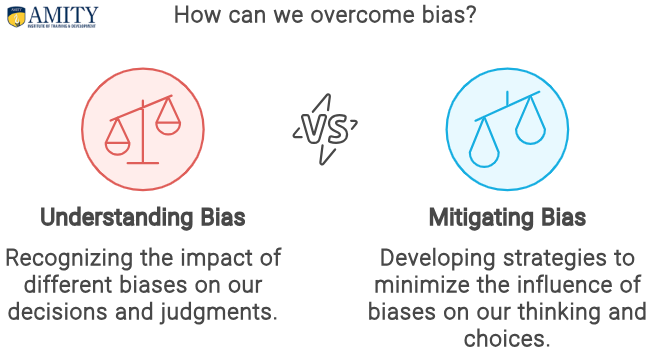
Everyone has biases. It is true. It is deeply ingrained. At about three months, babies develop “a preference for people of the same color as [their] own parents,” says Mahzarin Banaji, Harvard psychologist and author of Blindspot: The Hidden Biases of Good People. However, she notes,
“Ethiopian Jews who moved to Israel and had a mixture of people taking care of the babies showed no preference at all, suggesting that this is very much learned. “For most of us, though, preferences and prejudices become more deeply rooted as we grow older. Having a bias does not make you a bad person, however, and not every bias is negative or hurtful. It is not recognizing biases that can lead to bad decisions at work, in life and relationships.
Do You Know? Cognitive biases are systematic errors in thought that in one way or another taint decisions and judgments we make daily. Of these, the most known biases are confirmation bias, anchoring bias, and availability heuristics.

According to a July 2022 survey, 45% of Americans reported bias in major news sources like CNN and The New York Times. The Kirwan Institute defines such biases as capable of affecting the decision-making, actions, and relationships, thereby sometimes leading to harassment, hostile work environments, and discrimination lawsuits.
Providing Unbiased Feedback: Best Practices for Constructive Criticism

Let us explore together and figure out how we can overcome them.
1. Experience your experiences through a new filter
- Pretty much all your life experiences can help you gain new perspectives if you are looking for them. Look for situations you do not understand or surprise you and be curious.
- Think about things that happened and things you hear through the filter of your current challenge or problem.
- Notice things and compare them to the issues you are contemplating. Consistently and consciously thinking about seeing new perspectives will make all the difference.
- Once you have developed a habit of looking at the things, events, and people with a fresh and different perspective, you shall be in the habit of being aware of your thoughts when biases creep in and help you to minimize the same.
2. Listen to people you disagree
Shut up and listen. You already have your perspective about the whole world around, which you likely will not change very much if you keep talking.
- Listen to what others have to say, how they see the world and the situation. Not only will you learn something and gain a new perspective, but you will also build your relationship with the other person at the same time.
- Listening well also helps you to develop empathy – a rare and great quality to have. As Simon Sinek puts it very crisply and aptly – “Hearing is listening to what is said, listening is hearing what isn’t said.” Listening helps you to broaden your perspective and helps you to have a wider view.
- Listening helps you not to shrink yourself in your world with your fixed set and pet notions, prejudice, and biases.
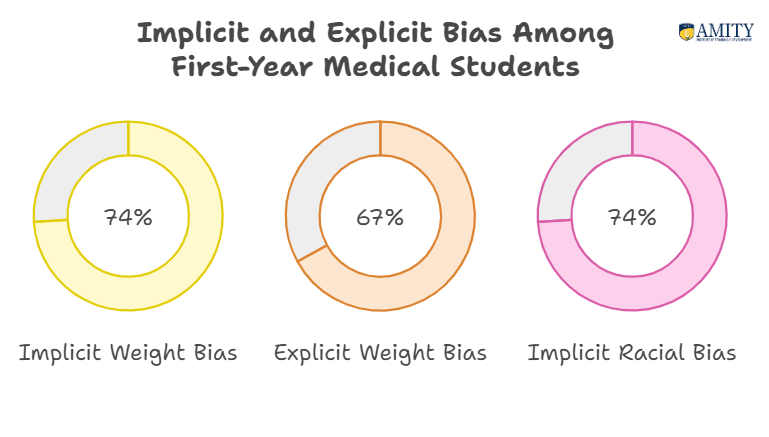
(Source: Monica B. Vela)
DO YOU KNOW? A survey of 4,500 first-year medical students revealed 74% and 67% implicit and explicit weight bias, similar to racial bias. This study highlighted pervasive bias in medical education.
3. Read, Read, and Read
It’s not uncommon for people to say that a book has changed their life, but did you know reading a novel can change the brain? Researchers at Emory University’s Center for Neuropolicy have found that reading a narrative can cause changes in the brain, not only while participating in the activity but in resting-state connectivity, too.
- According to the study, when we read, the connection between the left temporal cortex of the brain – the area associated with language reception — is heightened. What is more, that heightened activity continues for several days following the reading. According to the same study by Emory University, reading not only heightens the connectivity in the temporal cortex, but it also increases activity in the central sulcus of the brain, or region responsible for the primary sensory-motor activity. When we read, neurons in this area of the brain activate to create a sensation of not just reading about the action of the book but experiencing the sensations it is describing.
- For example, if you are reading a passage from Harry Potter where he is running away from the Dementors, the neurons associated with the physical act of running are activated. A phenomenon known as grounded cognition, reading does not only figuratively put you in someone else’s shoes, it does that through the biology of the brain. Empathy as stated above in turn helps you to curb your judgmental streak and minimize the biases.
- So, go ahead and read new authors, new genres, new magazines, blogs, and websites. All reading is helpful, but if you only read in your industry or only read your favorite author, or only otherwise monochromatically, you are hampering your perspective-building opportunities.
4. Knowing the rational reasons
“Make sure you know the rational reasons why you made a given decision” says Mahzarin Banaji, Harvard psychologist and author. The rational decision allows for an objective approach that is based on scientifically obtained data to reach informed decisions. This reduces the chances of errors, distortions, and assumptions, as well as a manager’s emotions, that might have resulted in poor judgments in the past. Rational helps to make us aware and transcend our biases in decision making. It helps to decide based on “What is “rather than “What I feel or think”.

In a recent study, “What Steps can be Taken to Reduce Unconscious Bias in the Workplace”,( Bingman Zhu) structured training programs, increasing diversity in hiring, and developing an inclusive culture in the workplace are highlighted as key strategies for reducing unconscious bias. This will yield better decision-making techniques and generally improve organisational performance.
How Can AITD Help in Promoting an Unbiased Environment?
Organisations such as Amity Institute of Training and Development (AITD) are leaders in the not biased society quest. AITD is specifically designed for conflict management and gives training to people so that they may learn how and when they must acknowledge their biases, thereby minimizing the same.With this unbiased definition of fairness, AITD can lead into producing unbiased people who behave accordingly in complex social situations.
Strategies AITD Offers for Overcoming Bias

1. Training Workshops
AITD provides workshops that focus on understanding biased selection, and biased information. Such a workshop will enable the learner to use various tools for identifying and eliminating biases from his/her decision-making process.
2. Conflict Management Solutions
The AITD has solutions unique to every organisation seeking a solution to their issues resulting from biases. The programs AITD conducts would support an inclusive culture which proactively appreciates and values diverse viewpoints and would ensure a non-gender-biased workplace.
3. Feedback Mechanisms Implement systems
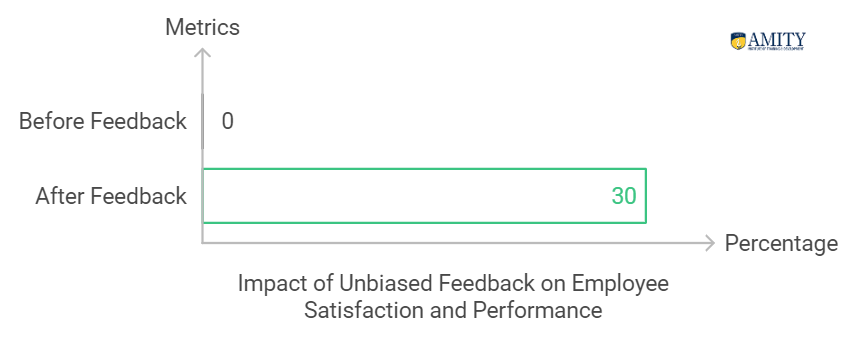
For unbiased feedback-the means for growth. AITD has methods to set up the feedback loops that would allow honest and candid communication without fear of bias.
4. Research and Resources
AITD affords the opportunities for unbiased facts and finding of research, which would help organisations make informed decisions on direct data or objective findings instead of unsubstantiated opinions.
Becoming an Unbiased Person: AITD’s Approach to Leadership Development
AITD develops and delivers mentoring and sponsorship programs to sponsor the career development of the underrepresented groups. The employees would then be paired with a more experienced mentor or sponsor that can lead, guide, and advocate for them at needed points in their career. This way, the programs seek to overcome unbiased person in selection and in information.
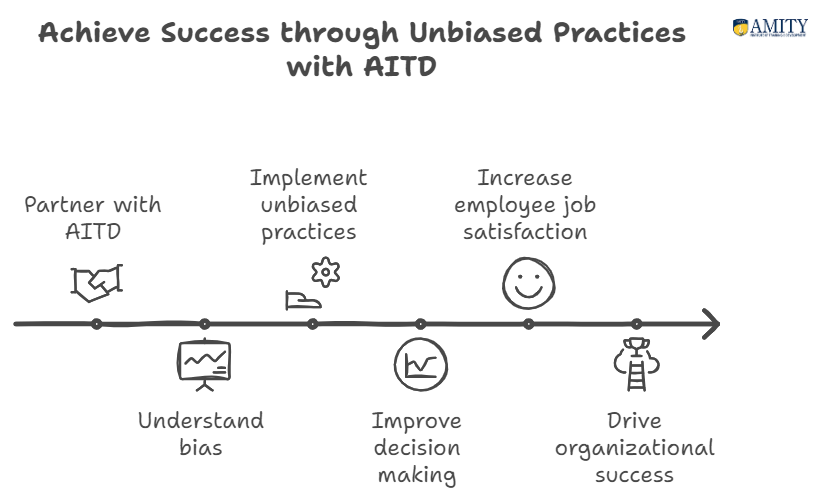
Adoption of Unbiased Practices through AITD
A partnership with AITD will make any organisation understand bias and create an overarching system to overcome it. In committing themselves to a bias-free environment, companies will have better decision making, enhance the sense of job satisfaction from their employees, and propel their organisation to success.

